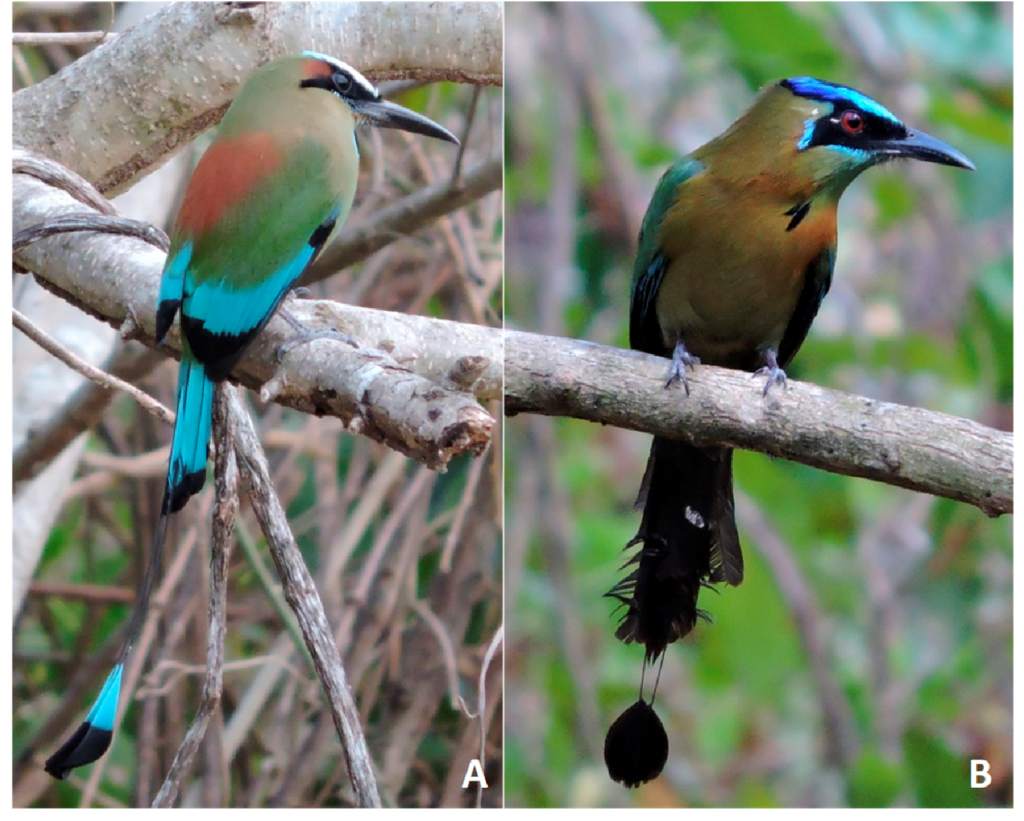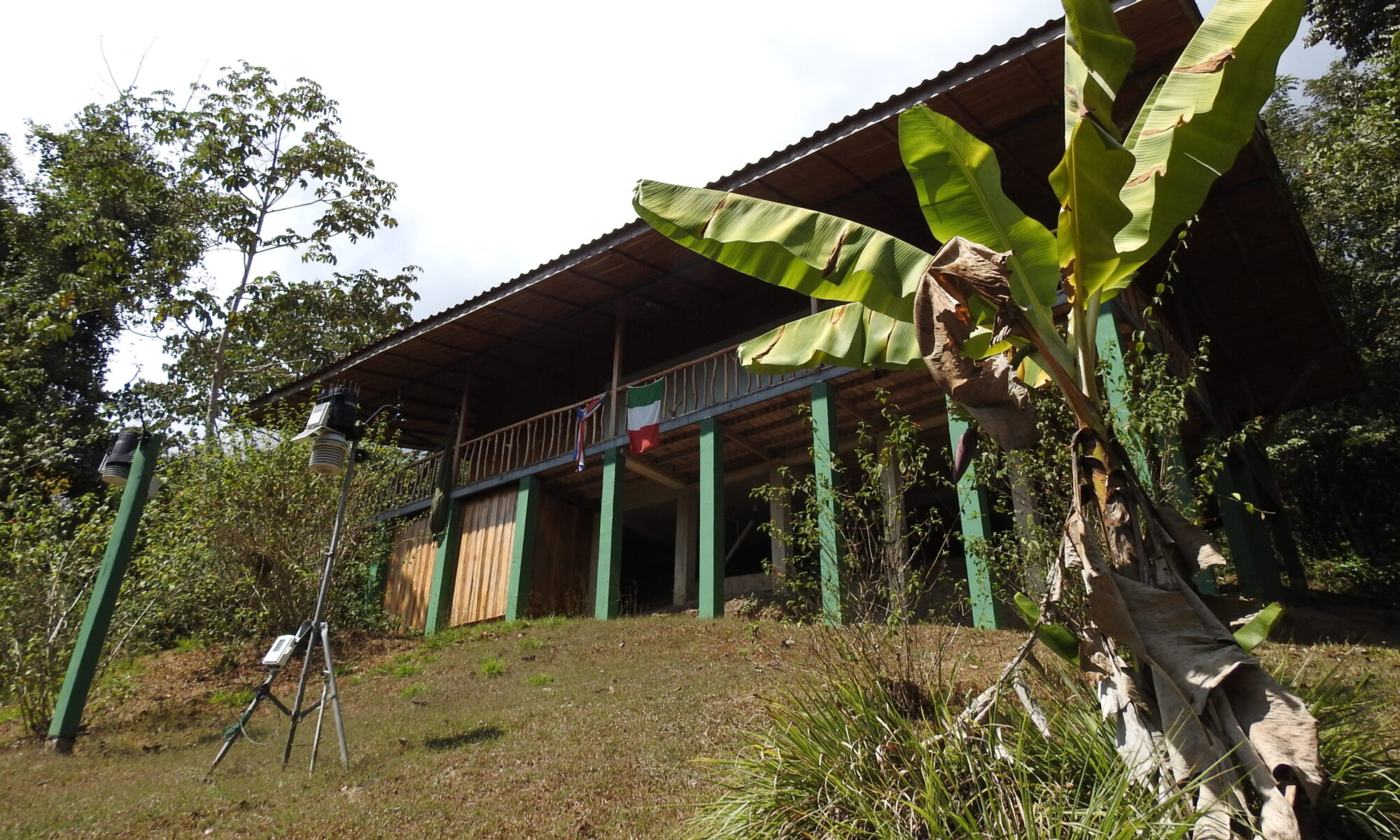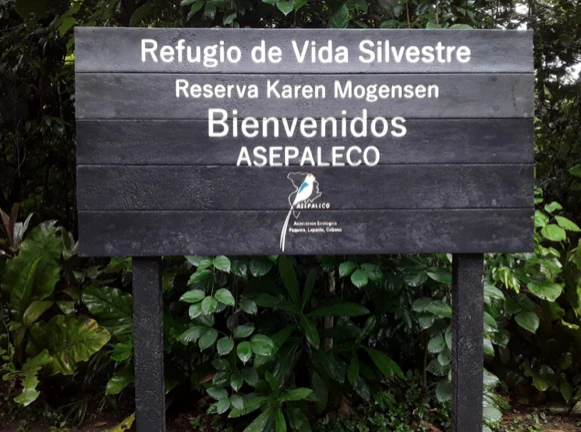Density Estimates and Habitat Preferences of Two Sympatric Bird Species as Potential Bioindicators of Tropical Forest Alterations
Abstract
Forestry management can shape the structure of habitat types and have important biological consequences on the composition of biodiversity. This study focused on two birds, Momotus lessonii and Eumomota superciliosa, potential bioindicators of local and wide scale tropical forest alterations.
The study took place in the Karen Mogensen Wildlife Refuge (Costa Rica), a protected area characterized by two main forest habitats where the two species coexist, i.e., primary moist and second-growth dry forest. A distance sampling method was used to obtain density estimates for each species. A spot mapping approach showed an apparent partitioning of the two species at the site. The Kilometric Abundance Index (KAI) and statistical analyses revealed significant differences between the two habitats, i.e., E. superciliosa tended to be more abundant and preferred the dry forest, whilst M. lessonii favored moist environments.
The development of arid and semi-arid environments characterized by open areas will probably lead to a numerical increase in E. superciliosa with a consequent expansion, while the decline of moister and homogeneously forested environments will likely affect negatively M. lessonii.
We argue that these birds will act as bioindicators of local and global environmental changes, and their monitoring will enable appropriate forest management decisions for conservation purposes.

Complete article published on diversity:


